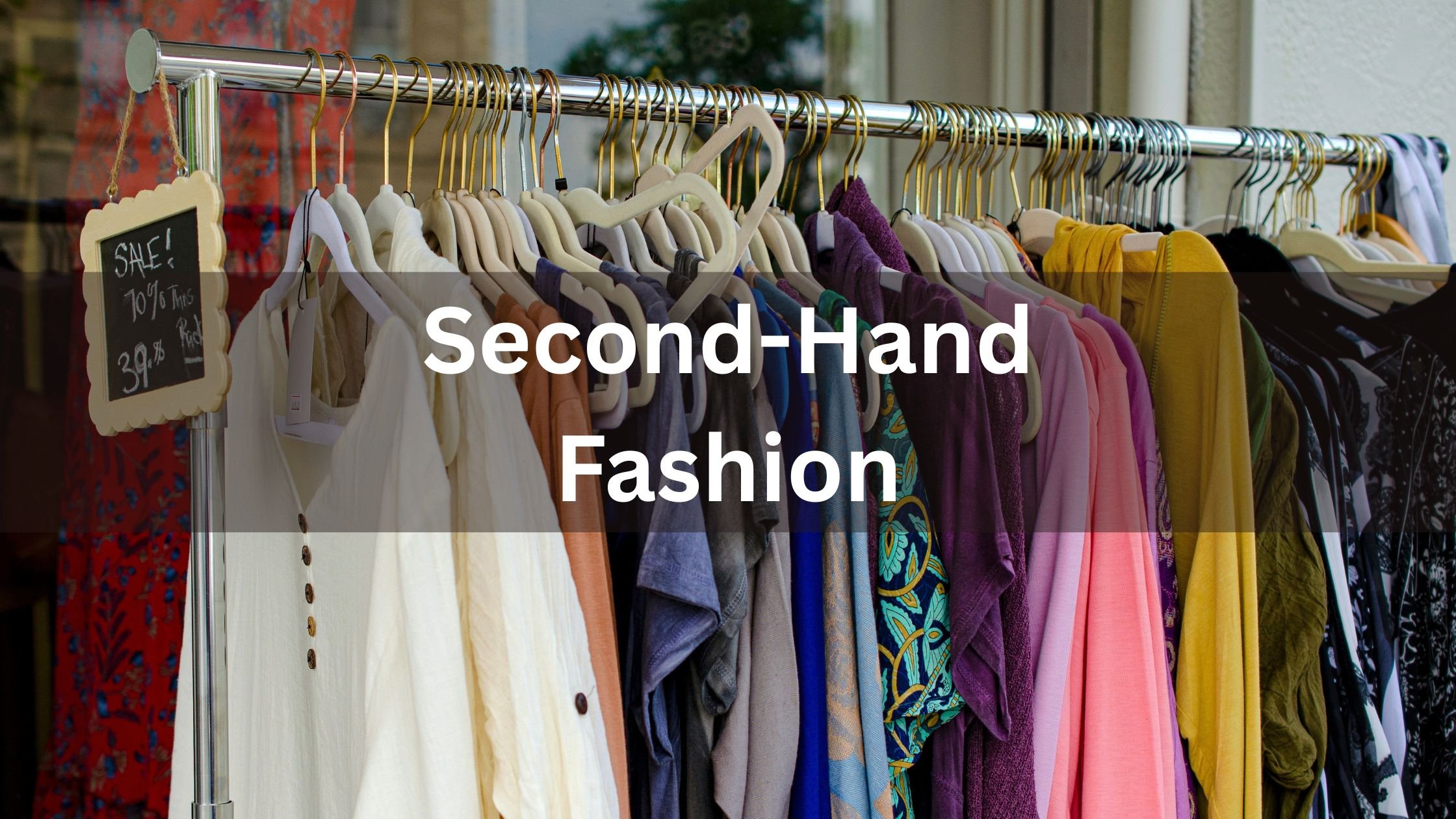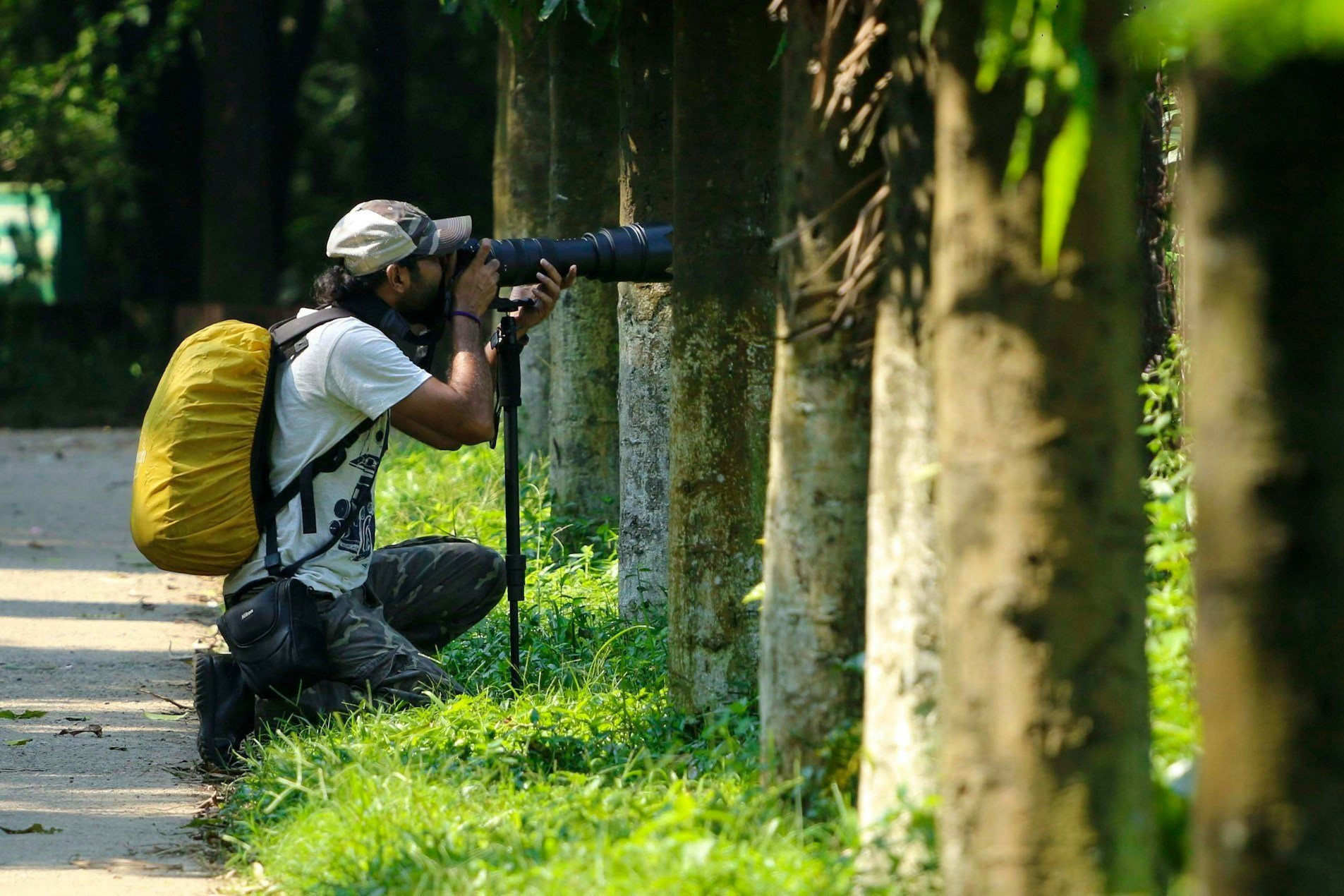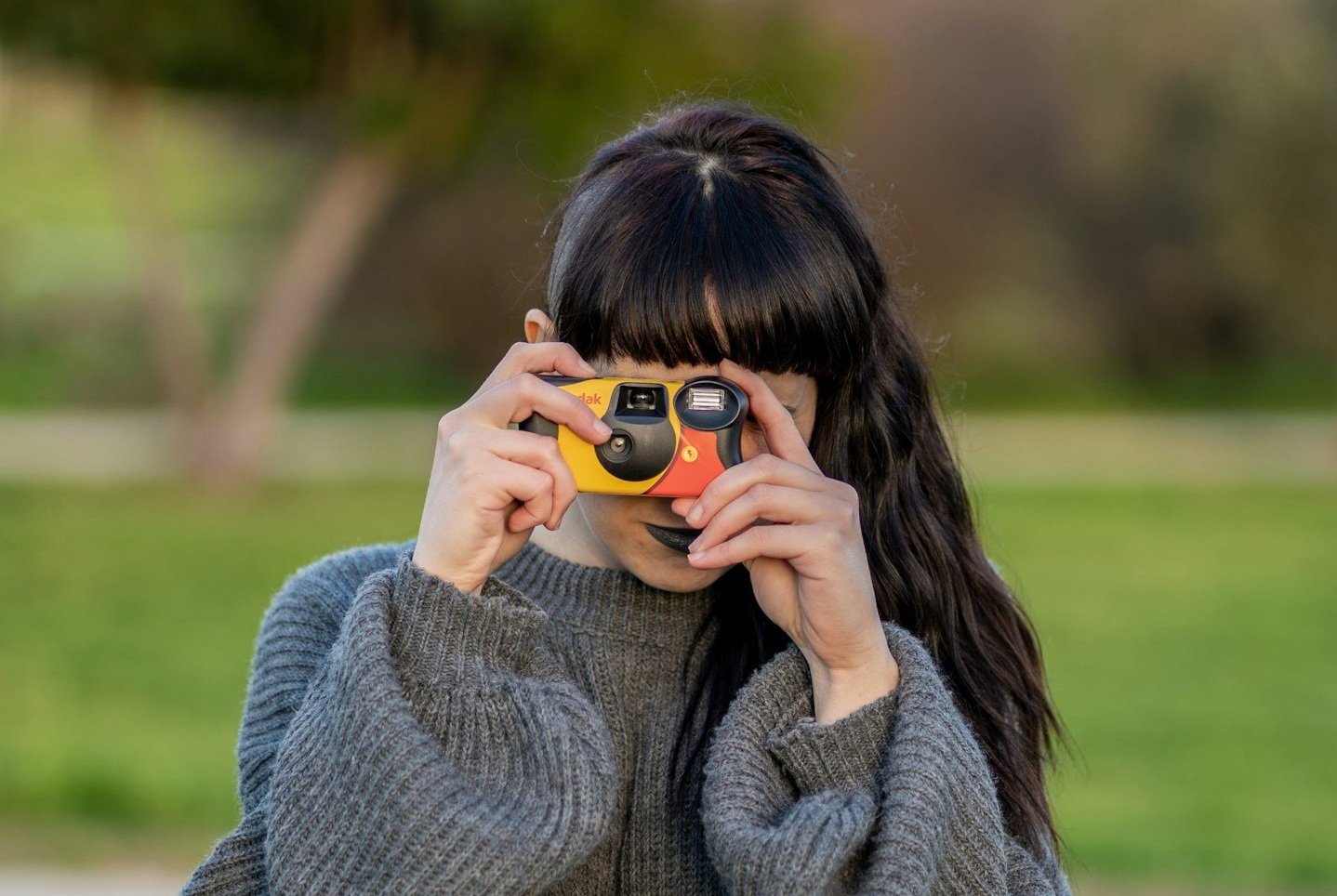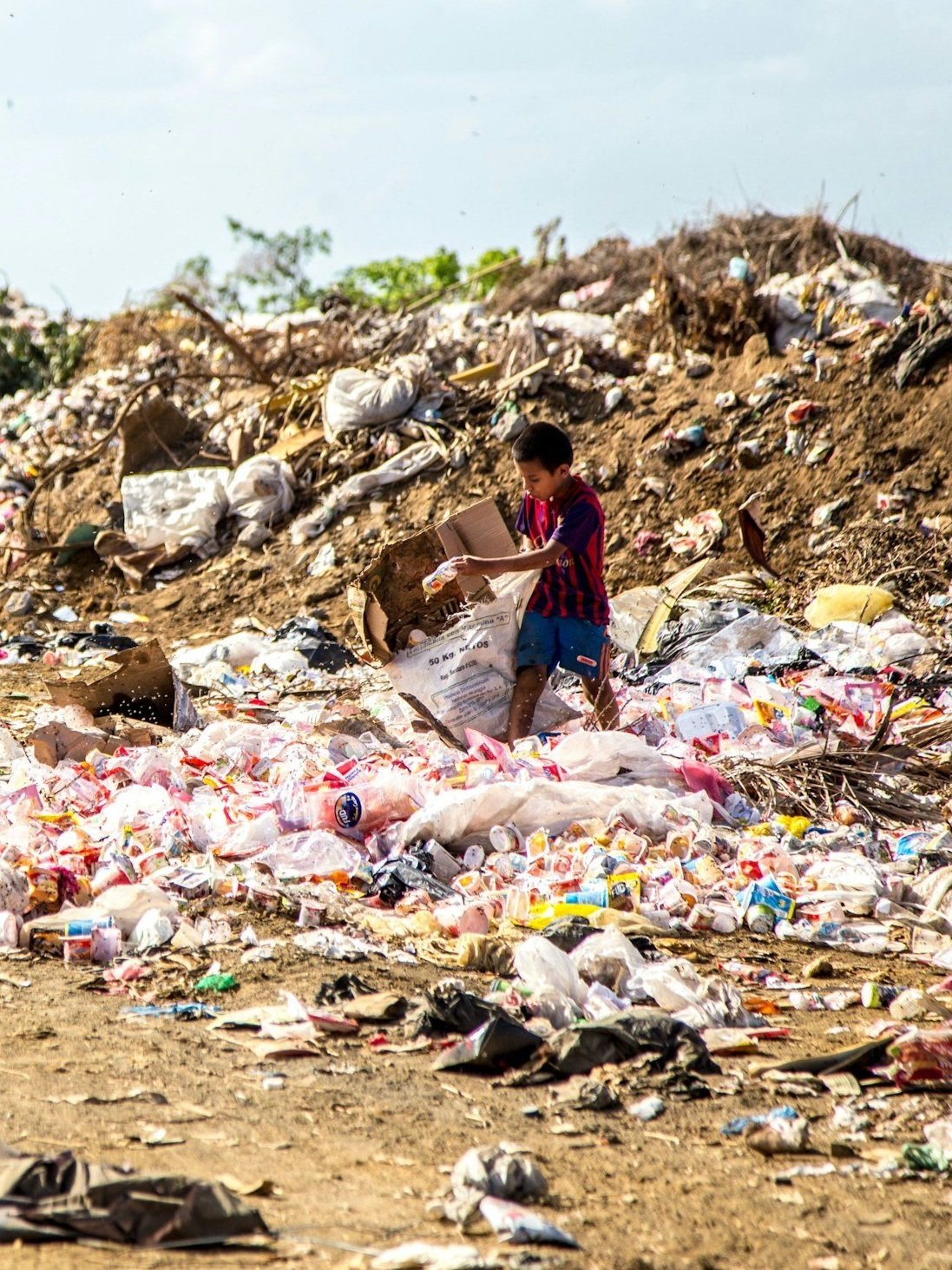Why Second-Hand Fashion is the Future: The Rise of Sustainable Style
Have you ever wondered why that vintage jacket feels so much cooler than anything you could find at the mall? Or why your friend's thrifted designer bag cost a fraction of retail price but looks just as fabulous? You're not alone. We're witnessing a fashion revolution that's as stylish as it is sustainable.
Fast fashion is fading, and second-hand style is rising! Discover why thrifted fashion is the future, how it’s saving the planet, and why vintage finds are cooler than ever. (C) Burgess Milner
I remember my first serious thrift store find in Halmstad, Sweden—a perfectly preserved jacket that fit like it was made for me. That purchase not only became my signature piece but also opened my eyes to the incredible world of second-hand fashion. Now, as fast fashion fatigue sets in and environmental consciousness rises, second-hand shopping has transformed from a niche activity to a global movement.
The Second-Hand Fashion Boom: More Than Just a Trend
Let's face it—the fashion industry has a problem. Every year, millions of tons of clothing end up in landfills, with the average American tossing about 81 pounds of textiles annually. Meanwhile, fast fashion brands churn out new collections at breakneck speed, encouraging us to buy more while wearing items less.
But there's a bright spot in this wasteful cycle: the second-hand market is absolutely exploding. According to ThredUP's 2024 Resale Report, the global second-hand apparel market is projected to double by 2027, reaching a staggering $350 billion.
Why such massive growth? It's a perfect storm of environmental awareness, budget-consciousness, and a genuine love for unique style. No longer relegated to dusty thrift stores with questionable organization, second-hand fashion now spans everything from curated vintage boutiques to sleek digital platforms.
The Environmental Case for Pre-Loved Fashion
The numbers don't lie—buying second-hand is one of the most impactful ways to reduce your fashion footprint:
Extending a garment's life by just 9 months reduces its carbon, water, and waste footprints by approximately 20-30%
One pre-owned purchase saves about 1 pound of waste, 17 pounds of CO2, and 700 gallons of water
Buying one used item instead of new reduces carbon emissions by an average of 82%
"When you buy second-hand, you're essentially voting for a circular economy," says Emma Thompson, sustainability researcher at Fashion Forward Institute. "You're saying 'no' to the extract-produce-discard model that's been driving fashion for decades."
This circular approach to fashion isn't just better for the planet—it's also creating economic opportunities. The resale market provides jobs in collection, sorting, authentication, restoration, and sales, all while keeping perfectly good clothing out of landfills.
Second-Hand Goes Mainstream: From Thrift Stores to Digital Marketplaces
Remember when thrifting meant spending hours digging through disorganized racks? Those days are gone. Today's second-hand shopping experience is curated, convenient, and often digital.
The rise of online platforms has transformed how we buy and sell pre-owned fashion. Sites like Poshmark, Depop, ThredUP, and The RealReal have made second-hand shopping accessible to the masses, offering everything from everyday basics to luxury goods.
"Digital thrifting platforms have removed the barriers that kept many people from exploring second-hand," explains Marcus Chen, retail trend analyst. "You can now shop specific brands, sizes, and styles without the traditional 'treasure hunt' element that deterred more convenience-oriented shoppers."
Brick-and-mortar thrift has evolved too. Beyond the familiar Goodwill and Salvation Army stores, we're seeing more specialized vintage boutiques and curated second-hand shops that feel more like traditional retail environments—complete with thoughtful merchandising and knowledgeable staff.
Global Leaders in the Second-Hand Revolution
The second-hand movement isn't developing evenly around the world. Certain countries have emerged as true pioneers in the sustainable style revolution:
Sweden: Circular Fashion Pioneer
Sweden isn't just home to IKEA and Spotify—it's leading the charge in sustainable fashion innovation. Stockholm Fashion Week has transformed into a showcase for circular fashion concepts, while the H&M Foundation's Global Change Award supports startups developing planet-friendly fashion solutions.
What makes Sweden special is how normalized second-hand shopping has become. From university students to business professionals, incorporating pre-loved pieces into one's wardrobe is seen as smart rather than shabby.
Japan: Vintage Paradise
In Tokyo's trendy Harajuku and Shimokitazawa districts, vintage fashion isn't just accepted—it's elevated to an art form. Japanese collectors and shoppers are known for their meticulous approach to second-hand, with a deep appreciation for craftsmanship and history.
"Japanese vintage culture is particularly fascinating because it often preserves American and European styles better than their countries of origin," notes Yuki Tanaka, vintage fashion curator. "There's this incredible respect for the stories behind clothes."
United States: Resale Tech Innovation
While America might be the birthplace of consumer culture, it's also become a hotbed for innovative resale technology. Companies like ThredUP and Poshmark weren't just early movers in the digital thrifting space—they've actually changed how we think about clothing ownership.
These platforms have introduced concepts like "clean out kits" (where you send unwanted items in a prepaid bag) and social selling features that make second-hand feel fresh and modern. The American approach to resale tech is being exported globally, reshaping how the world buys and sells used clothing.
France: Luxury Resale Capital
Paris has always been synonymous with high fashion, but now it's becoming equally known for luxury resale. French consumers have embraced the concept of "investment dressing"—buying fewer, better pieces and later reselling them—more enthusiastically than almost anywhere else.
This has led to a sophisticated ecosystem of authentication services, consignment boutiques, and online platforms specializing in pre-owned luxury goods. Even traditional French fashion houses are starting to embrace the second-hand market rather than seeing it as competition.
Building Your Second-Hand Style: Practical Tips
Ready to dive into the world of second-hand fashion? Here's how to build a sustainable wardrobe that doesn't sacrifice style:
Start With Statement Pieces
If you're new to second-hand shopping, begin with unique items that can elevate your existing wardrobe. Vintage jackets, interesting jewelry, or quality handbags are great first purchases because they:
Make a bigger impact on your overall look
Are often better constructed in older versions
Can be statement pieces even if the fit isn't perfect
I started my vintage collection with accessories before moving on to clothing. That chunky 1960s cocktail ring or beautifully aged leather messenger bag can immediately transform basic outfits.
Know Your Measurements (Not Just Your Size)
Modern sizing is wildly inconsistent, and vintage sizing is even more confusing. When shopping second-hand, especially online, knowing your actual measurements is crucial.
Keep a note in your phone with your:
Bust/chest measurement
Waist
Hips
Inseam
Shoulder width
This makes it infinitely easier to determine if something will fit, regardless of what the size tag says. Remember: it's not about what size you wear, it's about what fits your body well.
Learn Basic Alterations (Or Find a Good Tailor)
The perfect second-hand find often needs a little tweaking. Learning to hem pants, replace buttons, or take in a waist slightly can transform a good find into a perfect one.
"The ability to alter clothing is probably the most valuable skill for a second-hand shopper," says Rafael Gomez, fashion design instructor. "It dramatically expands the range of items that can work for you."
Even if you're not handy with a needle, budgeting for occasional tailoring can be worth it for quality pieces that need minor adjustments.
The Future of Fashion is Circular
As we look ahead, the distinction between "new" and "used" clothing will likely continue to blur. Major retailers are launching their own resale platforms, rental services are growing in popularity, and innovative startups are developing new ways to keep garments in circulation longer.
"In ten years, I believe we'll see most fashion brands operating some kind of take-back or resale program," predicts environmental economist Dr. Sarah Winters. "The linear model of clothing production is simply unsustainable—both environmentally and economically."
For consumers, this means more options, better technology for finding exactly what we want, and hopefully, a gradual shift away from the disposable mindset that's dominated fashion for too long.
The next time you're tempted by a trendy fast fashion item, ask yourself: Could I find something similar (or more interesting) second-hand? Your wallet—and the planet—will thank you.
Frequently Asked Questions
Why is second-hand fashion more sustainable than buying new clothes?
Second-hand fashion is more sustainable because it extends the lifecycle of existing garments, eliminating the need for new resources, manufacturing processes, and shipping. When you purchase pre-owned clothing, you're preventing perfectly usable items from entering landfills and avoiding the carbon emissions, water usage, and chemical pollution associated with producing new garments. A single new T-shirt can require up to 700 gallons of water to produce, while buying it second-hand requires zero additional resources.
How has the second-hand clothing market changed in the past decade?
The second-hand market has undergone a dramatic transformation over the past decade. What was once primarily charity shops and local thrift stores has expanded into a sophisticated ecosystem of curated vintage boutiques, peer-to-peer selling apps, and luxury resale platforms. Technology has played a huge role in this evolution, with AI-powered recommendations, authentication services, and user-friendly interfaces making second-hand shopping more accessible than ever. The market has also become more mainstream and socially accepted, with the global value of second-hand apparel growing from about $30 billion in 2014 to over $170 billion today.
What are the best online platforms for buying and selling second-hand fashion?
The best platform depends on what you're looking for. For curated, quality-checked second-hand, ThredUP offers a vast selection. Poshmark and Depop provide social selling experiences with unique finds and negotiable prices. The RealReal specializes in authenticated luxury items. Etsy is excellent for true vintage (20+ years old), while eBay still offers the widest variety. For selling, consider whether you prefer the convenience of send-in services (ThredUP, The RealReal) or want to maximize profits by listing items yourself (Poshmark, Depop, eBay).
How do I ensure quality when purchasing pre-owned clothing?
Start by carefully examining photos (request additional ones if needed) and reading item descriptions thoroughly. Look for specific details about condition, any flaws, fabric content, and measurements. When shopping in person, check seams, buttons, zippers, and look for wear patterns, stains, or odors. For online purchases, buy from sellers with positive reviews and clear return policies. With luxury items, use platforms that offer authentication services or consider third-party authentication for expensive purchases. Finally, understand common issues with certain materials—for example, cashmere pills, silk can show water stains, and vintage polyester sometimes becomes brittle with age.
Are there certain items that are better to buy second-hand than others?
Absolutely! Denim is often better second-hand because it's already broken in and has developed character. Leather goods like jackets and bags often improve with age, developing a beautiful patina. Classic pieces like trench coats, wool sweaters, and basic blazers change little with fashion trends and are usually well-represented in the second-hand market. Unique vintage pieces provide one-of-a-kind style that you can't find in current retail. On the flip side, exercise caution with items like swimwear, underwear, and shoes with significant wear, as these can have hygiene concerns or reduced functionality.
How can I authenticate vintage designer pieces before purchasing?
Authentication begins with research—familiarize yourself with the brand's hallmarks like specific hardware, authentic labels from different eras, stitching patterns, and materials commonly used. Examine the craftsmanship carefully; luxury items typically feature even stitching, quality materials, and attention to detail. Check serial numbers or authenticity cards when applicable, and verify these against the brand's formatting. For significant purchases, consider professional authentication services or buy from reputable resellers who guarantee authenticity. Remember that vintage designer items will show signs of their era—a 1970s Gucci bag will have different characteristics than a contemporary one, so understanding the brand's evolution is key.
What impact does the rise of second-hand fashion have on fast fashion retailers?
The growing popularity of second-hand fashion is creating meaningful disruption in the fast fashion industry. Major retailers are responding by launching their own resale platforms or sustainability initiatives. Some brands are improving product quality to maintain resale value, while others are experimenting with rental or subscription models. Fast fashion companies primarily aimed at Gen Z are particularly vulnerable, as younger consumers show stronger preferences for sustainable and unique clothing options. While fast fashion isn't disappearing overnight, the second-hand boom is forcing the industry to reconsider the viability of disposable clothing models in the long term.
How do I care for vintage clothing to extend its lifespan?
Vintage clothing requires gentle care to preserve its condition. Wash delicate items by hand using mild detergent and cold water. For more durable pieces, use mesh laundry bags and gentle cycles. Air dry whenever possible, as heat can damage older fabrics and elastics. Store vintage clothing in a cool, dry place away from direct sunlight, preferably on padded hangers for structured pieces or folded with acid-free tissue for knits and delicates. Address small repairs immediately before they become bigger problems. For special vintage items, consider occasional professional cleaning and restoration services that specialize in older textiles.
What are the economic benefits of choosing second-hand fashion?
The economic advantages of second-hand fashion extend to both individual shoppers and the broader economy. Consumers can access higher-quality brands at a fraction of retail prices, often getting better materials and construction than similarly-priced new items. The resale value of quality items creates a new way to think about clothing as an investment rather than just an expense. From a macroeconomic perspective, the second-hand market creates jobs in collection, authentication, restoration, online platform development, and retail sales. It also fosters entrepreneurship through small vintage businesses and individual resellers who can generate income through their fashion knowledge and curation skills.
How can I start a sustainable wardrobe if I'm on a budget?
Building a sustainable wardrobe on a budget is entirely possible with some strategy. Start by assessing what you actually wear and need before making any purchases. Focus on versatile basics from thrift stores or affordable second-hand platforms like ThredUP or local swap events. Quality over quantity is key—one well-made second-hand sweater will outlast several fast-fashion versions. Consider cost-per-wear rather than just the price tag; a $50 second-hand wool coat worn for years is cheaper than a $25 synthetic one that falls apart after one season. Build slowly, adding 1-2 quality pieces each month rather than seasonal hauls. Finally, learn basic mending skills to extend the life of what you already own, and participate in clothing swaps with friends for free wardrobe refreshes.
What are the environmental benefits of buying second-hand clothes versus new sustainable brands?
While new sustainable brands are certainly better than conventional fashion, second-hand items still have a smaller environmental footprint. Even the most eco-friendly new garment requires raw materials, manufacturing energy, packaging, and shipping—all eliminated when buying second-hand. A study by the Ellen MacArthur Foundation found that extending the average life of clothes by just three months would reduce their carbon, water, and waste footprints by 5-10%. Second-hand shopping directly prevents textiles from entering landfills and requires no additional resources to produce. That said, sustainable brands play an important role in improving new production methods and can be good choices when second-hand options aren't available for specific needs.
How is technology changing the second-hand fashion industry?
Technology has revolutionized second-hand fashion through innovations like AI-powered search functions that help shoppers find specific styles, colors, and sizes from millions of listings. Authentication technology using microscopic imaging and blockchain verification is making luxury resale more trustworthy. Virtual fitting rooms allow shoppers to "try on" vintage items before purchasing. Mobile apps with social features have transformed casual selling into community experiences. Behind the scenes, advanced sorting technology is helping process the increasing volume of second-hand clothing more efficiently. The future promises even more integration, with augmented reality shopping experiences and digital passports for garments that track their entire lifecycle.
For more blog articles related to wildlife, nature, photography, and traveling, you can visit my blog: Damith Danthanarayana's Blog.
Search the blog:
The fashion industry is shifting toward sustainability and circular fashion. Learn how buying second-hand supports the planet, reduces waste, and keeps fashion timeless! (C) Cherie Birkner
Did you know that buying second-hand reduces carbon emissions by 82%? Learn how thrift shopping is transforming the fashion industry, making style more eco-friendly and affordable! (C) Micheile Henderson
Fashion waste is a crisis—but second-hand shopping is the solution! From vintage boutiques to online resale platforms, explore how pre-loved fashion is reshaping the industry. (C) Hermes Rivera




















